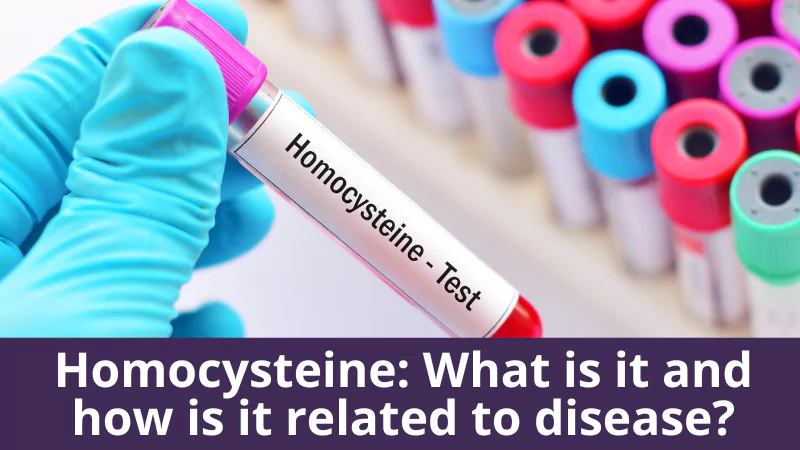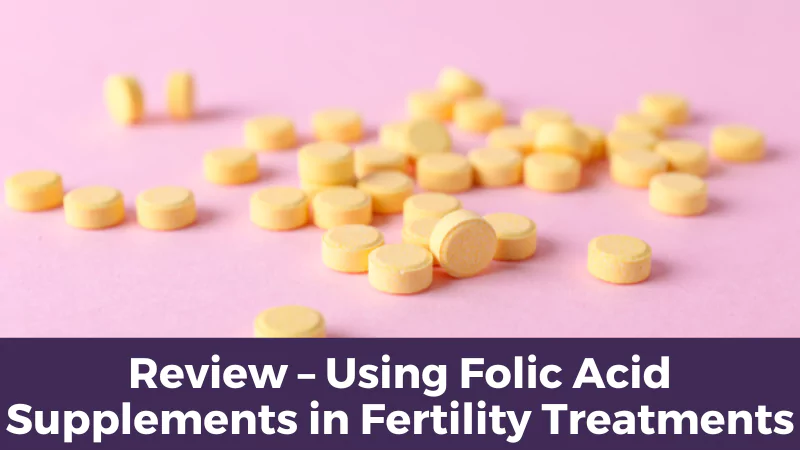Recently Stephan Moll and Elizabeth Varga wrote on Homocysteine and MTHFR Mutations in this months American Heart Association journal, while much of the information about homocysteine is accurate, its relationship to MTHFR mutations and Cardiovascular risk is lacking and advise about pregnancy loss is simply incorrect and unresearched.
The methylenetetrahydrofolate reductase (MTHFR) deficiency affects the distribution of folate and maintains a delicate balance between folate for nucleotide synthesis and those for methionine synthesis.1 Mild MTHFR deficiency occurs because of homozygosity for a C to T substitution at bp677 which occupies about 10% of North American, European and Australian populations as homozygous (TT),2 43% as heterozygous (CT) and 47% as unaffected (CC).3 MTHFR deficiency causes MTHFR reduction resulting in hyperhomocysteinemia, methylation reduction and non-methylated folate increase. Based on a study of a Norway population, 8.5% are with mild increased level of homocysteine (15-29.99 µmol/L), 0.8% are with moderate increased level (30-99.99 µmol/L), and 0.02% are with severe increased level (> or = 100 µmol/L).4 The population has no mandatory folic acid supplementation.
Most reports in literature agree that the relationships between MTHFR, homocysteine and cardiovascular disease (CVD) are complex and sometimes confusing. But plenty of reports show that an increased level of total homocysteine (tHcy) is associated with higher risk of atherosclerosis and CVD but without an obvious threshold.5,6 And thus the safe plasma level of homocysteine in MTHFR patients is important and critical in diagnosis, treatment and patient education with regarding CVD risk and tHcy level.
A most recent publication from Moll and Varga7 on the issue of July 2015 of Circulation claims that “typically, a level < 15 μmol/L is considered normal”, which does not seem to have enough supportive evidence. There are currently multiple reports showing that 15 μmol/L as an upper limit of normal level of homocysteine in MTHFR patients could be dangerous even though we all agree that it is complex depending on individual patient condition and situation. Thus far at least two reports claim that homocysteine level at 7-8 µmol/L or lower than 9 μmol/L is safer in MTHFR patients because when it is higher than 9 μmol/L the CVD risk increases.8,9 As result, we need to pay more attention when mentioning the normal level of homocysteine in MTHFR patients.
In addition, the publication claims that “it does not consider high homocysteine levels in the blood to be a major risk factor for cardiovascular disease”. The author would like to point out that although CVD is not directly related to homocycteine levels, it is indirectly associated with CVD through the level of S-adenosylhomocysteine (SAH) and methyltransferases, and so is through the effect on hydrogen sulphide and nitric oxide which are significant for CVD as well.
A clinical trial study with 1003 patients aged between 21 and 87 years old in 2013 shows that higher levels of SAH in plasma are independently related to CVD as an increased risk factor among patients undergoing coronary angiography.10 SAH is a precursor of homocycteine an increased homocysteine level may induce the increase of SAH. The accumulation of intracellular SAH depends on its binding affinity to the catalytic region of methyltransferase which acts as a potent inhibitor. The information indicates that the reason behind the complexity of the confusing relationship between homocysteine and CVD may be simply resolved by the detection of SAH instead of homocysteine.
In addition to SAH, hydrogen sulphide and nitric oxide are significant in the development of CVD.11,12 Hydrogen sulphide with its anti-apoptotic and anti-inflammatory properties plays a regulatory role in CVD development through anti-thrombotic platelet aggregation and neutrophil granulocyte activation. And its anti-thrombotic effect is partly mediated by nitric oxide synthase up-regulation. Most importantly both homocysteine and hydrogen sulphide levels are significantly correlated with MTHFR and heart disease.13
On the other hand, the publication gave multiple answers to questions under the subtitle of “MTHFR Mutations” without sufficient references and again enough evidence to support those answers. To say that MTHFR has no clinical implications for the patient is just not correct. There are many of papers that support the fact that MTHFR does have clinical implications in pregnancy and that elevated homocysteine levels in early pregnancy is associated with a 3 times higher risk of developing severe preeclampsia 14 and early pregnancy loss. 15
If you have had unexplained pregnancy losses, preeclampsia or placental abruption and have the MTHFR mutations you absolutely must do something about it and folic acid is not the answer.
Carolyn Ledowsky
Founder, MTHFR Support Australia
Bibliography
1. Roy M, Leclerc D, Wu Q, Gupta S, Kruger WD, Rozen R. Valproic acid increases expression of methylenetetrahydrofolate reductase (MTHFR) and induces lower teratogenicity in MTHFR deficiency. J Cell Biochem. 2008; 105(2): 467-76. PMID: 18615588.
2. Wilcken B, Bamforth F, Li Z, Zhu H, et al. Geographical and ethnic variation of the 677C>T allele of 5,10 methylenetetrahydrofolate reductase (MTHFR): findings from over 7000 newborns from 16 areas world wide. J Med Genet. 2003; 40(8): 619-25. PMID: 12920077.
3. Wald DS, Law M, Morris JK. Homocysteine and cardiovascular disease: evidence on causality from a meta-analysis. BMJ. 2002; 325: 1202. PMID: 12446535.
4. Nygård O, Vollset SE, Refsum H, et al. Total plasma homocysteine and cardiovascular risk profile. The Hordaland Homocysteine Study. JAMA. 1995; 274: 1526–1533. PMID: 7474221.
5. Clarke R, Daly L, Robinson K, et al. Hyperhomocysteinemia: an independent risk factor for vascular disease. N Engl J Med. 1991; 324: 1149–55. PMID: 2011158.
6. Refsum H, Ueland PM, Nygard O, et al. Homocysteine and cardiovascular disease. Annual Rev Med. 1998; 49: 31–62. PMID: 9509248.
7. Moll S, Varga EA. Homocysteine and MTHFR Mutations. Circulation. 2015;132(1): e6-9. PMID: 26149435.
8. Nygård O, Nordrehaug JE, Refsum H, Ueland PM, Farstad M, Vollset SE. Plasma homocysteine levels and mortality in patients with coronary artery disease. N Engl J Med. 1997; 337(4): 230-6. PMID: 9227928.
9. Kazemi MB, Eshraghian K, Omrani GR, Lankarani KB, Hosseini E. Homocysteine level and coronary artery disease. Angiology. 2006; 57(1): 9-14. PMID: 16444451.
10. Xiao Y, Zhang Y, Wang M, Li X, Su D, Qiu J, Li D, Yang Y, Xia M, Ling W. Plasma S-adenosylhomocysteine is associated with the risk of cardiovascular events in patients undergoing coronary angiography: a cohort study. Am J Clin Nutr. 2013; 98(5): 1162-9. PMID: 24004894.
11. Kram L, Grambow E, Mueller-Graf F, Sorg H, Vollmar B. The anti-thrombotic effect of hydrogen sulfide is partly mediated by an upregulation of nitric oxide synthases. Thromb Res. 2013; 132(2): e112-7. PMID: 23916820.
12. Stein A, Bailey SM. Redox Biology of Hydrogen Sulfide: Implications for Physiology, Pathophysiology, and Pharmacology. Redox Biol. 2013; 1(1): 32-39. PMID: 23795345.
13. Sun L, Sun S, Li Y, Pan W, Xie Y, Wang S, Zhang Z. Potential biomarkers predicting risk of pulmonary hypertension in congenital heart disease: the role of homocysteine and hydrogen sulfide. Chin Med J (Engl). 2014; 127(5): 893-9. PMID: 24571884.









